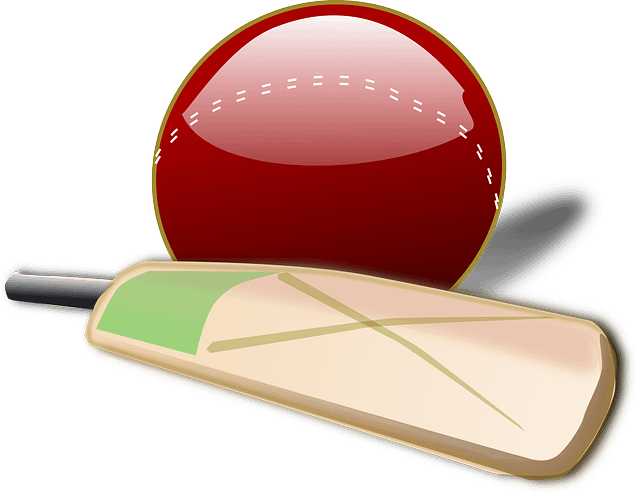
Cricket is a popular sport played between two teams, each consisting of 11 players. The game is played on a large oval-shaped field with a rectangular pitch at the center. The objective of the game is for one team to score more runs than the opposing team while dismissing their batsmen. Here are the basic rules of cricket:
- Teams: Two teams of 11 players each participate in a cricket match. One team bats while the other team bowls and fields.
- Toss: Before the match, a coin is tossed, and the winning captain chooses whether to bat or bowl first.
- Innings: A cricket match consists of two innings. Each team gets the opportunity to bat and bowl once.
- Batting: The batting team aims to score runs by hitting the ball with a wooden bat. Two batsmen are on the field at a time, one at each end of the pitch. They attempt to score runs by running between the wickets.
- Bowling: The bowling team tries to dismiss the batsmen and restrict the scoring. A bowler delivers the ball towards the batsman’s wicket, aiming to hit it.
- Fielding: The fielding team aims to prevent the batting team from scoring runs. Fielders try to catch the ball or run out batsmen.
- Runs: The batsmen score runs by running between the wickets. If the ball crosses the boundary after hitting the ground, the batting team scores four runs. If the ball crosses the boundary without touching the ground, it is considered a six, and the batting team scores six runs.
- Wickets: The bowlers aim to hit the wickets, also known as the stumps, with the ball. If the ball hits the stumps and dislodges the bails, the batsman is dismissed. The fielding team can also dismiss a batsman by catching the ball hit by the batsman before it touches the ground.
- Extras: If the bowler bowls a no-ball (illegal delivery) or a wide (ball outside the reach of the batsman), the batting team scores extra runs without the batsmen needing to hit the ball.
- Fielding Positions: Fielders are positioned around the field, with different roles such as slips, gully, point, cover, mid-off, mid-on, mid-wicket, square leg, fine leg, and long leg.
- Over: A set of six balls bowled by a single bowler is called an over. After each over, the bowling end switches, and a new bowler from the same team continues bowling.
- Umpires: Two umpires officiate the match, making decisions regarding dismissals, runs, and other aspects of the game.
- Decision Review System (DRS): In some matches, the DRS can be used for challenging the umpires’ decisions. Each team has a limited number of unsuccessful reviews.
These are the basic rules of cricket, but the sport has many intricacies and variations, including different formats like Test cricket, One-Day Internationals (ODIs), and Twenty20 (T20) cricket. The rules can be more complex in different formats, but the basic principles of batting, bowling, and fielding remain the same.



